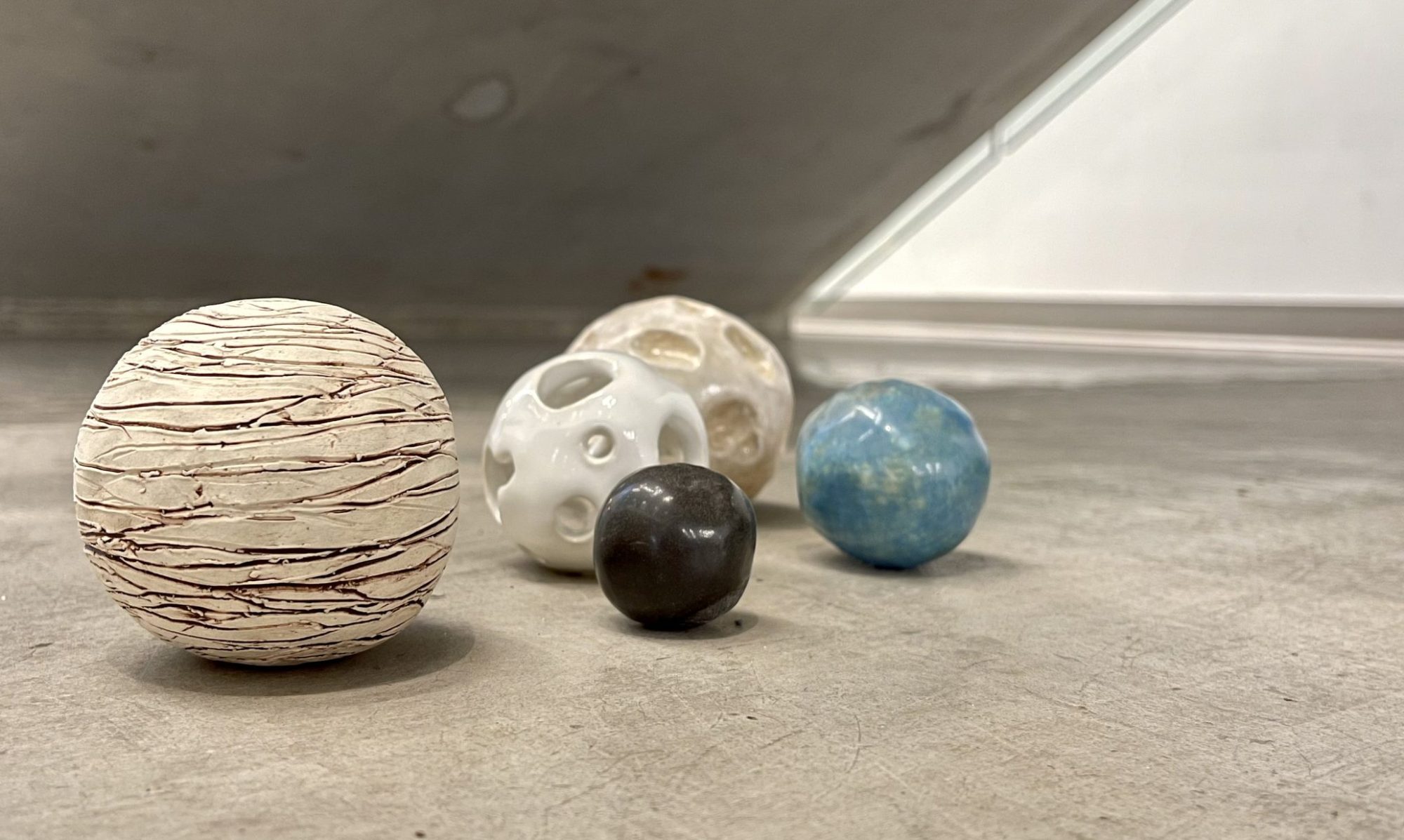Field School
Interacting with Nature: Close, Near, Far
FAR: Saysutshun Provincial Park, Nanaimo BC

Saysutshun is an island only accessible by small boats. It is a small island, but rich in history. It is the traditional land of the Snuneymuxw nation. I feel honoured that I was able to visit this island and learn about its history.
Elliot White-Hill, a fellow Emily Carr student, and his brother, Ethan, were guest speakers. We were guests on their ancestral land. Their family lived on this island and the surrounding area for generations.
Elliot knew so much history of the island and it was captivating to hear his stories. He said that in the location where we were, people came to be healed from the grief caused by different challenges, such as the loss of family. When I heard about this, I felt as though I was meant to be on this trip – since I lost my brother just over a month ago.
My Prompt
Frottage
Since our first field trip, each class has been visually, auditorily, tactility, and olfactorily, very stimulating for me. I also wanted to see how others in our class were observing the outdoor environments we were exposed to and interacted with.
First, I asked everyone to write down what they heard, saw, smelled and felt.
In the next activity, I wanted my classmates to focus on their tactile senses. I asked my classmates to make a frottage from something around us on the island.
I then wanted them to think about how they can protect what they just frottaged.
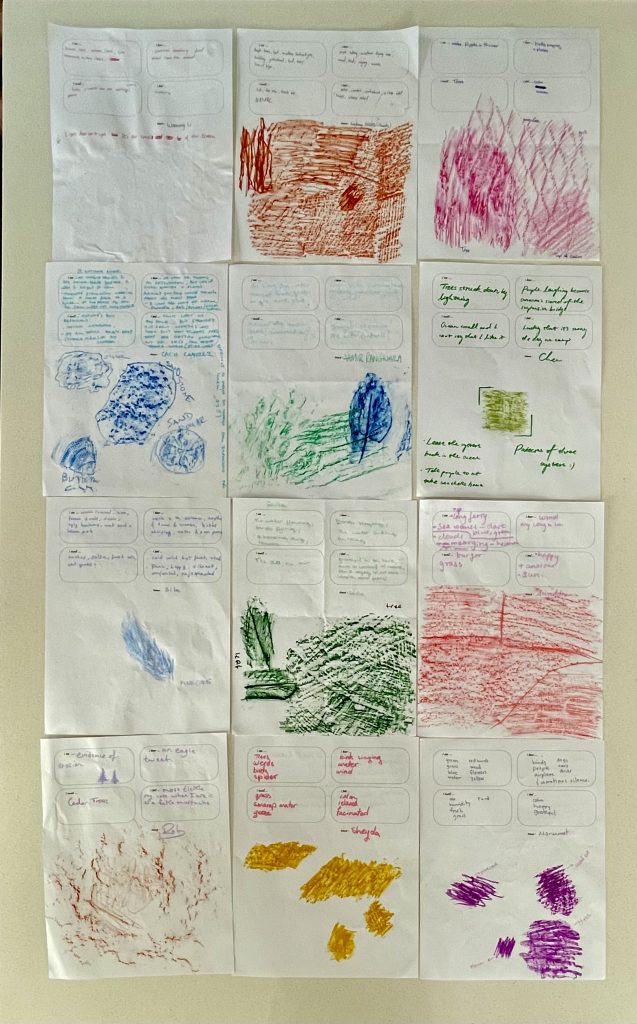
Free exploration time on Saysutshun
During my free time on the Island, with my sketchpad and recorder in hand, I decided to walk aimlessly along the shoreline, letting my senses take me where they pleased.

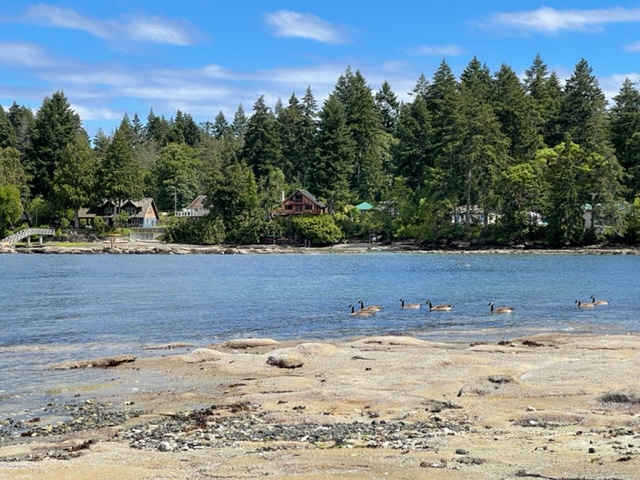
After a while, I saw a group of geese on the edge of the rocks by the ocean. Although I was worried that they might not like my presence and leave, I decided to sit closer to them.
Feeling the sea breeze on my face, smelling the ocean, listening to the geese conversing with each other and looking at the moving clouds changing shapes, I noticed that I was there in the present moment. Time had become muddled over the last several weeks since my brother’s death as my mind kept travelling to the past.
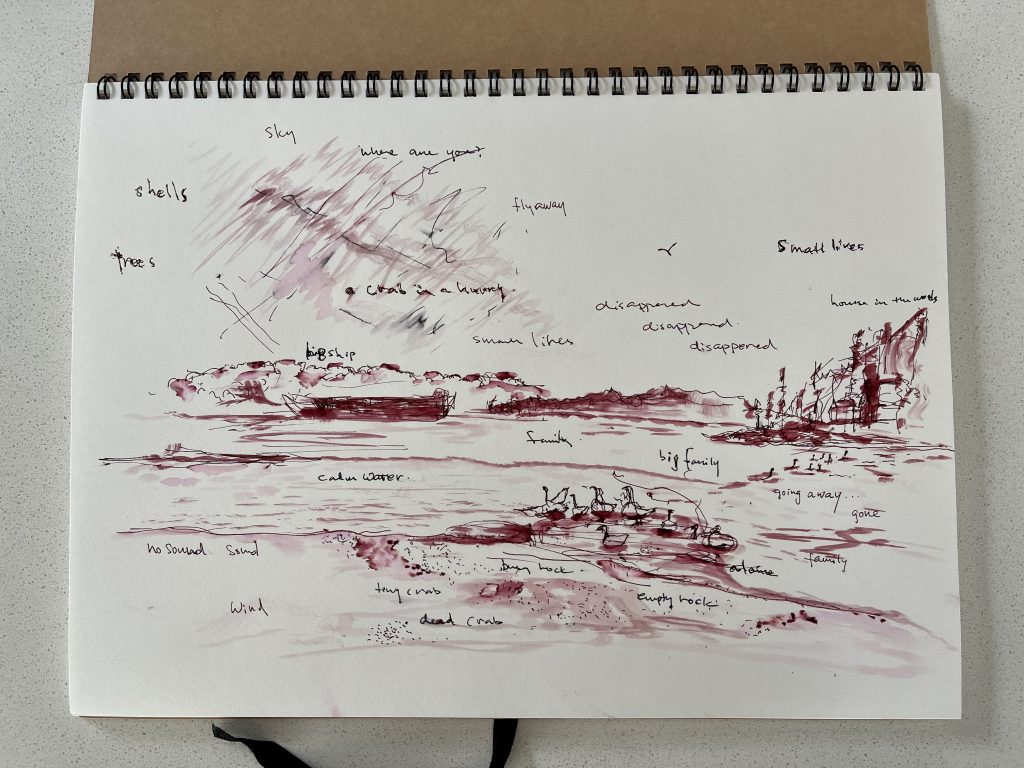
As I stood up and started to walk, I heard “crunch, crunch”; I had to step on the barnacles to walk and strange as it may sound, for the first time in a while, I felt alive.
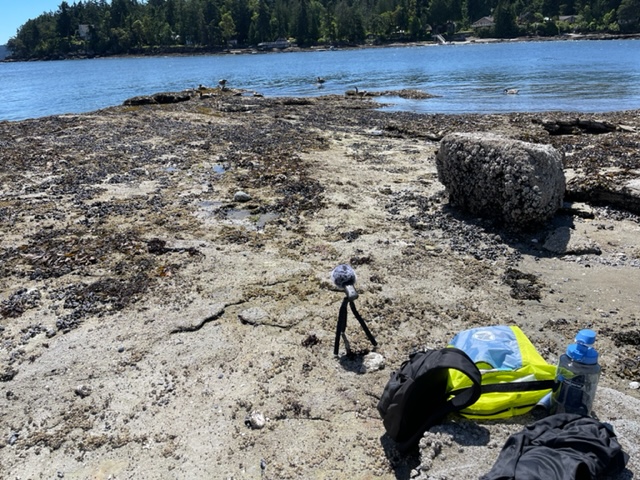

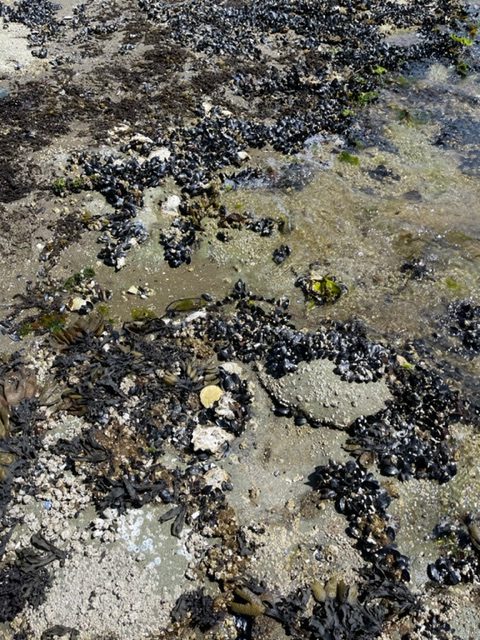

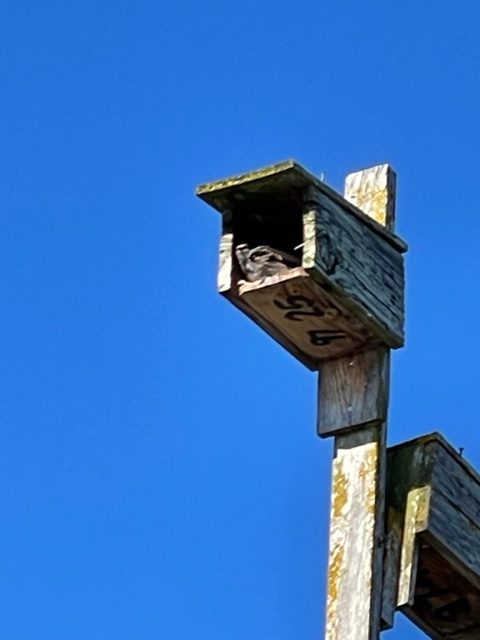

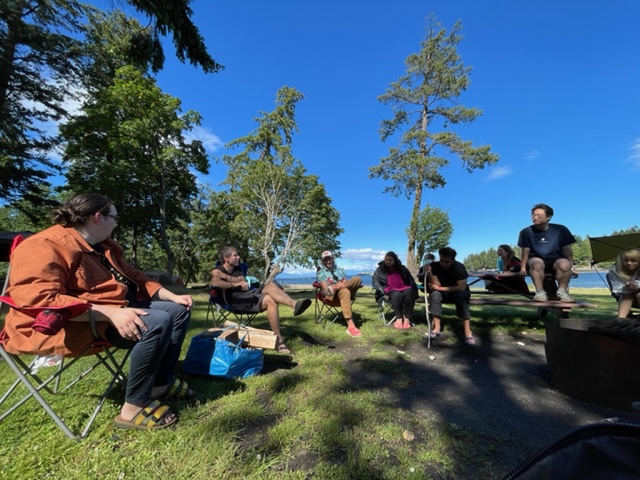



Our field studies were all about experiential and participatory design in the best sense possible. I am so appreciative of this experience!
I started with a focus on living things in my immediate neighbourhood. This was expanded with our Trout Lake field trip in my city, expanded again with our Lynn Canyon field trip within my region, and then further again to unfamiliar territories with our Vancouver Island trip.
I feel interconnectivity with everything around us, regardless of the area of focus (close, near, or far). Now the question is how can we re-realize and re-learn and re-honour our environment?
